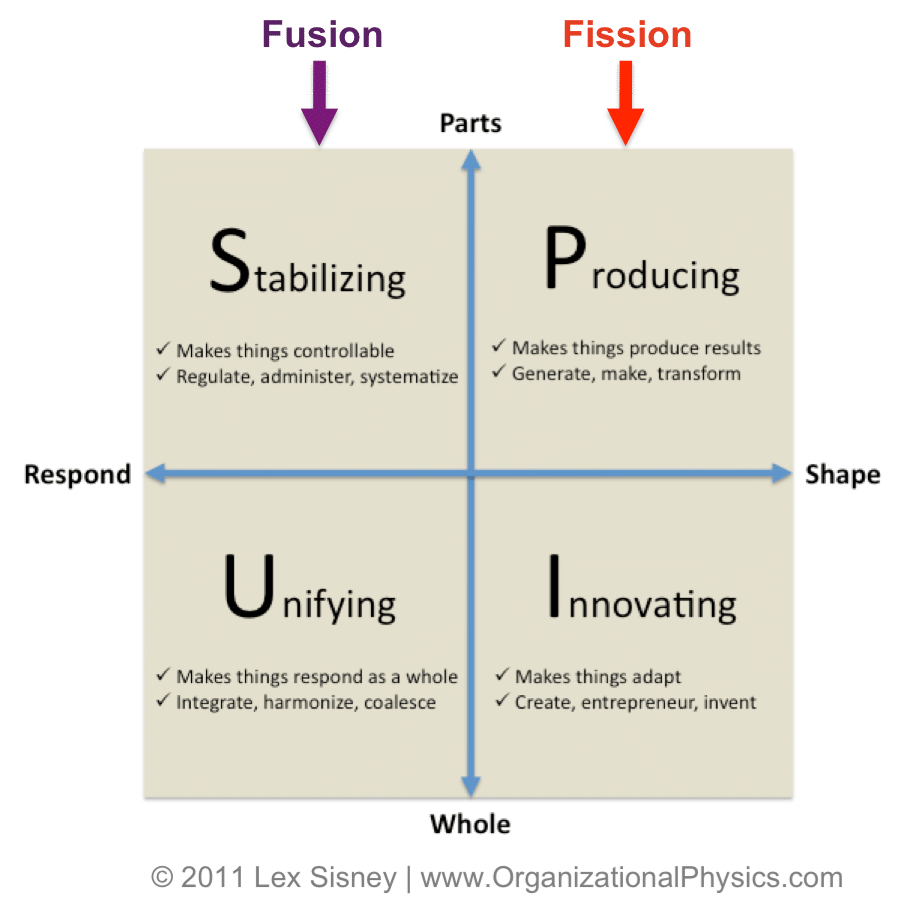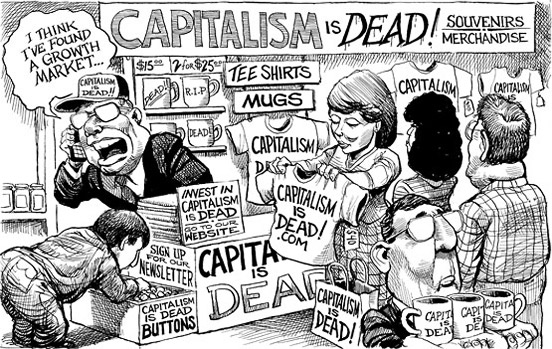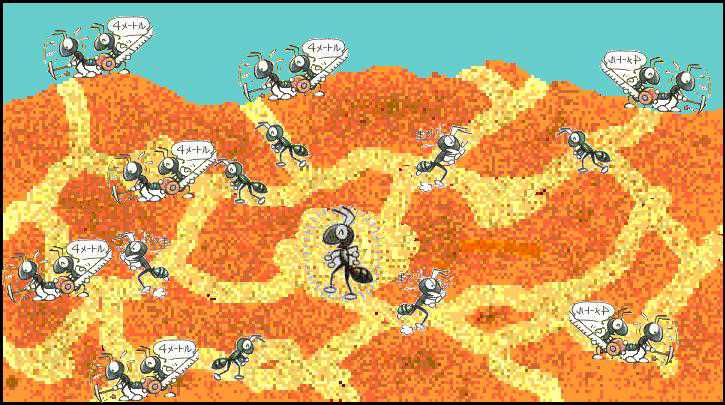Management: The Art of Fission-Fusion

In his thought-provoking book The Genius of the Beast: A Radical Re-Vision of Capitalism (2010), author Howard Bloom introduces the concept that nature explores and consolidates information using fission-fusion strategies. Fission refers to splitting apart. Fusion refers to bringing together. According to Bloom, fission and fusion are relevant to human systems as well. In other words, they apply to both human individuals and organizations. This is a powerful metaphor and it’s also useful for looking at tendencies within your business. Beyond the level of scientific frameworks, these two metaphors can help you to better lead and manage your organization.
Organizational “fission” and “fusion” don’t happen at the same time. Like a heartbeat, they happen in a rhythm. In-out, in-out, in-out. If your business is demonstrating a lot of activity involved in making new discoveries and attempting to drive things forward, we can describe it as being in “fission” mode. If it’s digesting its discoveries and consolidating people around them, we can refer to this as “fusion” mode. In other words, we can map fission and fusion onto our PSIU matrix.
If you look at the PSIU matrix of Organizational Physics below, you’ll see that Producing and Innovating forces are really fission strategies, while Stabilizing and Unifying are fusion strategies. Your organization needs a mix of both but, by law, these forces compete for available energy. Understanding that fact alone will help you to recognize and accept what forces (more fission or more fusion?) are really required for your organization and team at any given time – and why – and then give the system what it needs.
As a manager, […]















